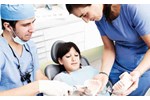
Dentine hypersensitivity (DH) is a recognised clinical condition that impacts on the patient's wellbeing and quality of life. This article provides an update in the management of the condition based on the recent guidelines of a UK Expert Forum on DH (Gillam et al, 2013)
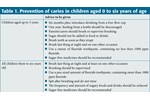
Oral health is important to general health and wellbeing. Poor oral health has a major impact on a person's quality of life and advice to prevent poor oral health must be given to all patients
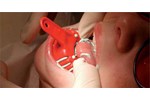
Rachel Hughes has successfully implemented a nurse-led clinic at her practice based solely on using the extended Scope of Practice. Here she explains how the dental nurse can play an integral role in the delivery of orthodontic systems
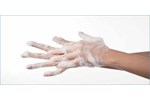
Bacteria can transmit many harmful infections and can live on surfaces for long periods of time. This article describes techniques to help reduce the amount of bacteria within the dental practice

Sue Gregory OBE examines the third edition of Delivering Better Oral Health: An Evidence-based Toolkit for Prevention and how this can aid dental nurses in delivering oral health education
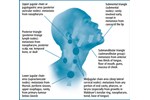
Through screening patients, the dental team has a chance to play their part in reducing the incidence of this disease, which can affect the lips, tongue and mouth
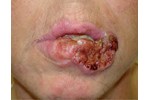
The aim of this article is to present an overview of oral cancer and highlight the importance of early detection
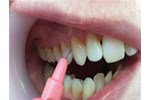
This article discusses different scenarios affecting the mouth and how interdental cleaning can help to prevent oral disease
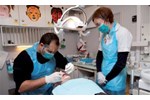
This article will explain some of the reasons people become homeless, their oral health needs and what the dental team can do to help

Throughout November, the British Dental Health Foundation runs Mouth Cancer Action Month, a campaign that aims to reduce incidences and deaths caused by mouth cancer, by raising awareness of the disease and promoting the value of early detection
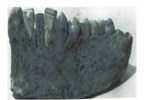
There are more and more people having implants placed and the need to maintain these implants is the most important aspect of dental treatment. We need to educate our patients on how to look after their implants and explain the reasons why it is necessary

To maintain a healthy body, adequate nutrition is required. A poor diet is a risk factor for chronic diseases and conditions. Dental nurses should know about nutrition and oral health, so that they can help promote healthy diets and encourage not only good oral health, but also good overall health
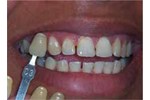
With the ever-increasing pressure from the media and peers to look good and feel good, the rate of cosmetic dentistry in the UK is greatly increasing

Xylitol can be used to prevent many oral and respiratory diseases. It is now incorporated into a wide range of products, giving the professional and patient many different options






